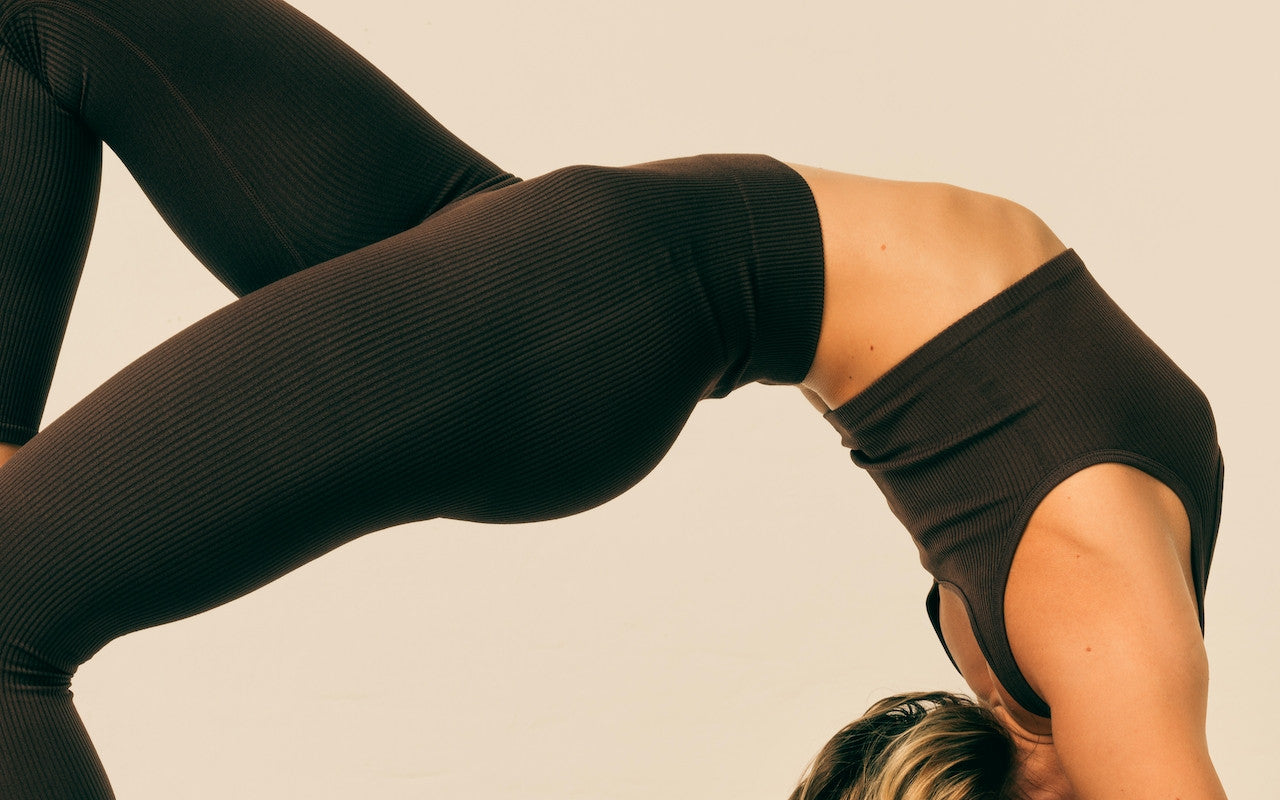In this article /
Functions of the Pelvic Floor Muscles
The pelvic floor muscles are a group of muscles located in the pelvis. They form a hammock shape from the abdominal muscles wrapping under the pelvis and connecting to the back muscles. The functions of the pelvic floor include supporting the bladder, uterus (in women), and rectum.
They are responsible for maintaining continence and they hold our menstrual cups and discs in place. They also play a role in supporting the pelvic organs and helping to stabilize the pelvis during physical activity.
Pelvic Floor Dysfunction
Weak pelvic floor muscles can lead to urinary incontinence (inability to control the release of urine), fecal incontinence (inability to control the release of feces), difficulty with sexual function, as well as challenges with menstrual cups.
Pelvic floor disorders can also occur as a result of overly strong muscles. Too much muscle tension can cause bladder and bowel spasms, leading to discomfort and pain. All muscles require both the ability to contract, as well as relax, and when enough relaxation does not occur often enough, this can also be problematic.
Weak Pelvic Floor Muscles
There are several factors that can contribute to weak pelvic floor muscles, including:
- Pregnancy and childbirth
- Aging
- Obesity
- Chronic constipation
- Certain medical conditions, such as neurological disorders,
It is important to speak with a healthcare provider if you are experiencing any issues related to weak pelvic floor muscles. They can help determine the cause and recommend appropriate treatment.
Strong Pelvic Floor Muscles
Strong pelvic floor muscles contract and relax effectively and maintain tone to support the pelvic organs.
Physical exercise naturally strengthens the pelvic floor muscles, including:
- Pilates: Pilates exercises, such as the “hundreds” or “single leg stretch”
- Yoga: Yoga poses such as “downward facing dog” and “plank”
- Dancing: Dancing, especially styles that involve a lot of movement and changes in direction
- Weightlifting, particularly exercises that involve the core and lower body
- Pelvic floor muscle training like Kegel exercises: These exercises involve contracting and relaxing the pelvic floor muscles repeatedly. Kegel exercises can be done anywhere, and can be performed while standing, sitting, or lying down
It is important to speak with a healthcare provider or a physical therapist before starting any new exercise program, particularly if you are pregnant or have any underlying medical conditions.
Pelvic Floor Physiotherapy
This form of physical therapy focuses on the muscles, ligaments, and connective tissues of the pelvis. It treats related problems, such as urinary incontinence, fecal incontinence, difficulty with sexual function, and as support following pregnancy and vaginal birth. Pelvic floor physiotherapy may also support the use of a menstrual cup or disc.
Pelvic floor muscle exercises can be helpful for people of all ages and genders to condition these necessary muscles within the pelvic region.
If you are having trouble with menstrual cup or disc insertion, it may be that these muscles need more support and require strengthening and conditioning exercises. Or they may be too tense, keeping the vaginal canal tightly closed. Performing the exercises prescribed by a specialized physiotherapist can help to reduce this clenching and any associated pain or discomfort.

The DivaCup is held in place by the vaginal muscles.
How it works with the DivaCup
The DivaCup is inserted into the vaginal opening and held in place by the muscles of the vaginal canal. If these muscles require further conditioning, the cup might slide down, causing the seal to break which can lead to discomfort, irritation and leaking.
On the other hand, if the muscles are very strong, the cup can migrate upwards in the vaginal canal and/or make removal more challenging. It’s important to note that this is not the only reason that removal can sometimes be challenging.

The Diva Disc is held in the vaginal fornix by the vaginal muscles.
How it works with the Diva Disc
The Diva Disc is inserted into the vaginal opening, passes through the vaginal canal and is positioned in the vaginal fornix. The Diva Disc doesn’t require suction to keep it in position. It is positioned in the vaginal fornix, covering the cervix, propped up by the pubic bone and kept in place by the vaginal muscles.
The Diva Disc can be a good choice if you are struggling with either strength or weakness issues while you are working with a physiotherapist.













